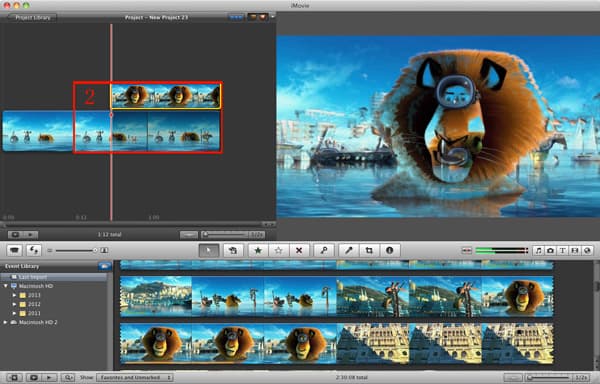

When it’s done, you’ll have your 720p deinterlaced video.Ĭheck out this thread from Apple’s Discussions Forum.The Best App to Convert AVI to MP4 on Mac without Losing Quality

Get rid of all the QuickTime windows and click the application’s OK button to begin the export. Click the Output tab, select QuickTime Movie in the Export pop-up menu, and do what needs doing in the Movie Settings window (choose a codec and restrict data rate, for example).

Now choose Deinterlace from the pop-up menu in the Project tab and make sure Use Top Field is enabled. In JES Desinerlacer, add your file, click the Project tab, choose the Custom option, choose Standards Conversion from the pop-up menu, enter 720 in the Height field, 1280 in the Width field, and 29.97 in the Frame Rate field. Click Make MP4 and MPEG Streamclip will do just that. In the MPEG-4 Exporter window that appears, choose H.264 from the Compression pop-up menu, enable the Limit Data Rate option, enter 5,000 (again, for online video services), choose the 1280 x 720 (HDTV 720p) option, enable the Deinterlace Video option, and from the Field Dominance pop-up menu choose Upper Field First. Open your file in MPEG Streamclip and from the File menu choose Export to MPEG-4. This can be done with one of a couple of free utilities.
Now that you have the huge file, it’s simply a matter of deinterlacing it. Click the Size button in the Movie Settings window, choose 1280 x 720 HD from the Dimensions pop-up menu, tick the Deinterlace Source Video box, click OK to dismiss the window, click OK in the Movie Settings window, and finally click Save in the Save Exported File As window to export your video as 720p video. For example, from the Save Exported File window, choose Movie to QuickTime Movie from the Export pop-up menu, click the Options button to produce the Movie Settings window, click the Settings button in that window, choose H.264 from the Compression Type pop-up menu (you’re welcome to use a different codec), restrict data rate to 5,000 kbps (online video services suggest a data rate between 3,000 and 5,000 kbps), and click OK to close the window. To export 720p video from iMovie ’08 and ’09, you choose Share: Export Using QuickTime, and you muck with QuickTime’s Movie Settings box. (Progressive video draws all lines in one go, so is smoother than interlaced video.) Websites that support HD video display that video in 720p-1280 by 720 pixels, progressive. This is a process that smooths out the jaggies by using one of a variety of techniques to lessen the jaggy effect of the even and odd fields. In order to get rid of that jagginess so that the output looks good on non-TV displays, youĭeinterlace the video.


 0 kommentar(er)
0 kommentar(er)
